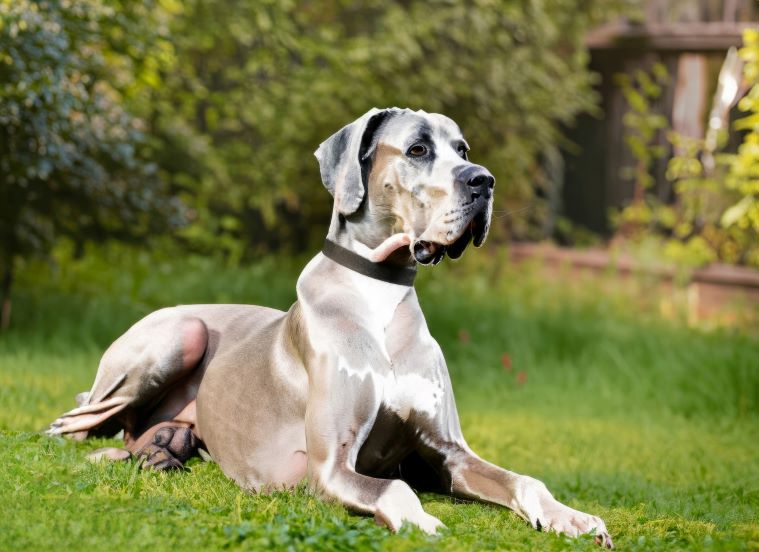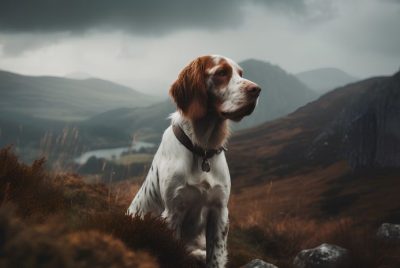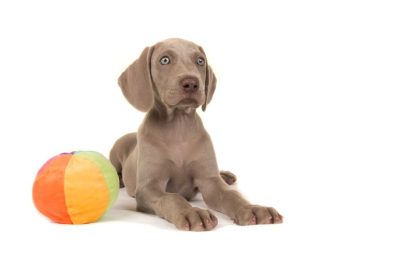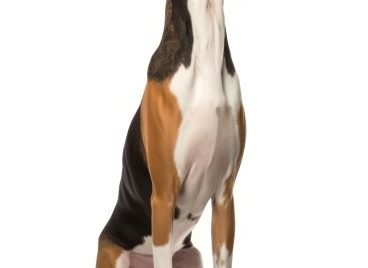Great Dane Traits & Characteristics
Introduction
Hello there, fellow large dog enthusiast! Today, we’re going to embark on a fascinating journey to explore the traits and characteristics of one of the most majestic breeds out there, the Great Dane. What makes these gentle giants so special, and what’s it like living with one? Let’s find out together!
History of Great Danes
Origin
Contrary to what their name might suggest, Great Danes aren’t from Denmark. These magnificent creatures trace their ancestry back to Germany. They were originally bred around 400 years ago to hunt boars, their powerful and intimidating size making them perfect for the job.
Role in History
Over time, the role of Great Danes shifted. They moved from the forests and fields, becoming celebrated members of the noble and royal households in Europe. Their imposing presence and dignified demeanor made them popular as estate guard dogs.
Physical Characteristics of Great Danes
Size and Weight
Imagine a dog that’s so large, it can stand on its hind legs and look a tall man eye-to-eye. That’s a Great Dane for you! Males typically stand 30 to 32 inches at the shoulder, females a bit less. They weigh anywhere from 110 to 175 pounds, though some have been known to reach a whopping 200 pounds!
Coat and Colors
Great Danes come in a stunning array of colors: fawn, brindle, blue, black, harlequin, and mantle. Their short, thick coat is easy to care for, requiring only occasional brushing to keep them looking their best.
Personality and Temperament
Friendly Giants
One might expect these large dogs to be fierce and scary. But surprisingly, Great Danes are gentle, friendly, and eager to please. They’re fondly referred to as “the world’s biggest lapdogs” because of their tendency to seek affection from their human companions.
Protective Nature
Despite their friendly nature, Great Danes are excellent guard dogs. They’re naturally protective of their families, and their sheer size alone can be an effective deterrent to potential threats.
Health and Lifespan
Common Health Issues
Like all breeds, Great Danes have their share of health problems. They’re prone to hip dysplasia, heart disease, and bloat. Regular vet check-ups and a healthy diet can help manage these risks.
Lifespan
Unfortunately, these lovable giants have a relatively short lifespan, typically around 8 to 10 years. It’s heartbreaking, I know. But remember, it’s not the length of life but the love and joy within it that matters.
Training and Exercise Needs
Training Needs
Great Danes are intelligent and eager to please, which makes them relatively easy to train. Early socialization and obedience training are essential to prevent them from becoming overly protective or fearful.
Exercise Needs
Despite their size, Great Danes aren’t as high-energy as you might expect. Moderate daily exercise like a good walk or a play session in the backyard should suffice.
Living with a Great Dane
The Good
Great Danes make fantastic family pets. They’re gentle with children, get along well with other animals, and are generally easygoing and adaptable.
The Challenges
However, their size can be challenging. They need plenty of space to move around, and they can easily knock over small items (or small people!) without meaning to.
Conclusion
So, is a Great Dane right for you? If you’re ready for a large, loving, and protective family companion, and you can provide the necessary care and training, a Great Dane could be your new best friend.
Frequently Asked Questions
1. Are Great Danes good with kids?
Absolutely! They’re known for their gentle and patient demeanor with children.
2. Do Great Danes need a lot of exercise?
No, they’re not as high-energy as some breeds. However, regular moderate exercise is important for their health.
3. How long do Great Danes live?
Their lifespan is typically around 8 to 10 years.
4. Are Great Danes easy to train?
Yes, they are intelligent and eager to please, making them relatively easy to train.
5. Do Great Danes make good apartment dogs?
Due to their size, they’re better suited to homes with more space. However, they can adapt to apartment living if they get enough exercise.




